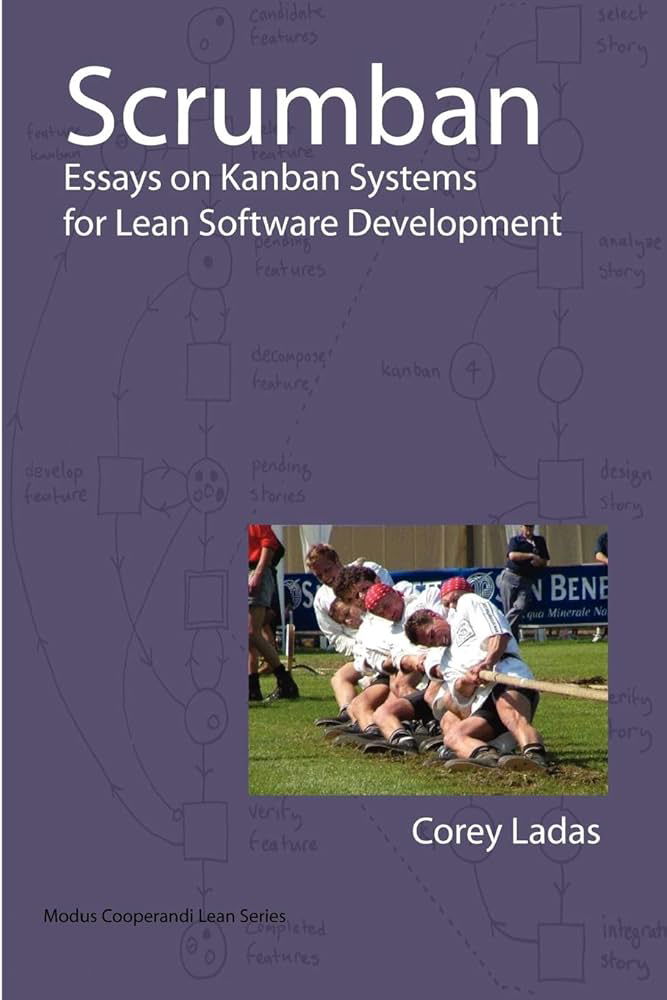January 2009: Publication of "Scrumban: Essays on Kanban Systems for Lean Software Development"
In January 2009, Corey Ladas published "Scrumban: Essays on Kanban Systems for Lean Software Development," a comprehensive exposition on the Scrumban framework. The book marked a pivotal moment in the Agile movement, significantly contributing to the dissemination and understanding of Scrumban as a methodological hybrid capable of improving project management and software development practices.
This seminal work delved into the intricacies of combining Scrum's structured, iterative approach with Kanban's focus on flow efficiency and work-in-progress limitations. The book was not just a theoretical treatise but a practical guide that provided readers with a cogent synthesis of Scrum and Kanban. It offered a compelling narrative on how the integration of these methodologies could alleviate some of the pain points encountered in software development processes, particularly those related to the rigidity of Scrum sprints when dealing with ongoing and emergent work.

Ladas's book discussed several key elements of Scrumban, including:
- Pull-Based Workflows: Transitioning from the time-boxed, push-based nature of Scrum sprints to a more flexible, pull-based workflow, allowing tasks to be pulled as capacity allows.
- Visualization: The use of Kanban boards to visualize all work and workflow stages, enhancing transparency and making bottlenecks apparent.
- Limiting Work in Progress (WIP): Applying WIP limits to foster focus, reduce multitasking, and improve throughput and cycle times.
- Adaptive Planning: Emphasizing the importance of planning based on capacity and demand rather than fixed-length iterations, thus offering a more fluid approach to dealing with change.
- Metrics and Improvement: Focusing on actionable metrics that support continuous improvement efforts within the team's processes and delivery.
By presenting a comprehensive argument for the integration of Kanban systems into Scrum practices, Ladas effectively addressed the challenges teams faced when their work did not fit neatly into Scrum's time-boxed iterations. The practical insights and case studies included in the book gave it a significant real-world relevance, resonating with professionals who were grappling with the complexities of software development.
The book also explored more profound lean principles, such as value stream mapping and the theory of constraints, to foster a holistic view of process improvement. These methodologies were well-established in manufacturing and other domains, but Ladas's work was among the first to tailor these concepts specifically for the software development industry within the framework of Scrumban.
Moreover, the publication of "Scrumban: Essays on Kanban Systems for Lean Software Development" stimulated further exploration and dialogue in the Agile community. It provided a foundation upon which others could build, experiment, and iterate, leading to an evolution of the framework as it was tested and implemented in various environments.
The timing of the book's release, coinciding with the maturation of the Agile software development industry, made it a cornerstone for many teams seeking to enhance their Agile practices. As a result, Scrumban began to gain traction not just as a stepping stone between Scrum and Kanban but as a distinct and robust framework in its own right.